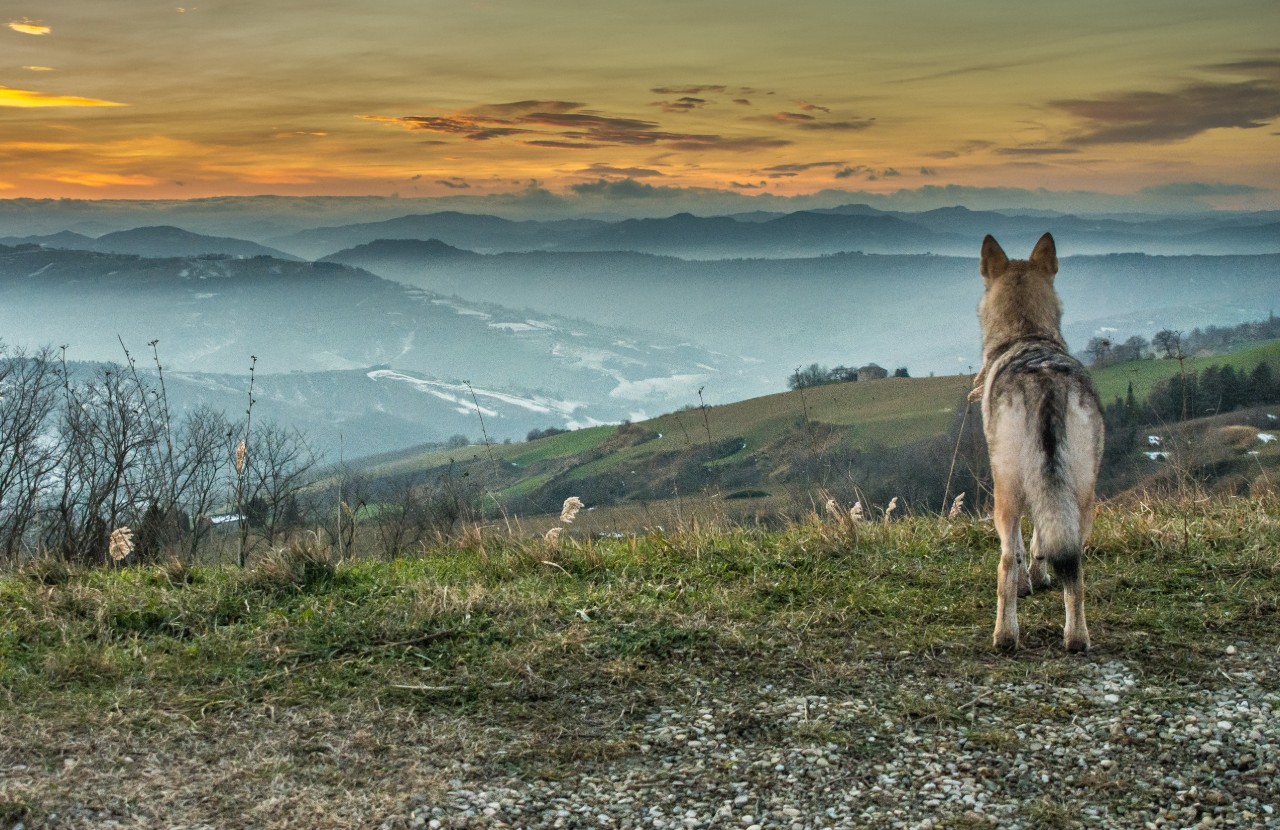The wolf has returned to the Italian Alps. It is a shy animal; one that is quite hard to meet, especially during the day. But when it happens to be seen, in spite of its “very bad” reputation, the wolf is the one to flee. Finding its traces is less difficult: it marks the territory with its faeces, which it leaves along its path. Compare to a dog’s excrements, those of the wolf can be recognized by the fragments of bone and fur they contain. Its footprints are very similar to those of a large dog; but its stride is on a straight line and generally at a running pace. While dogs typically walk and wander around.
Thanks to an incessant monitoring work, the presence of the wolf in Piedmont is known with great accuracy. The latest report available on the wolf in the province of Cuneo, dated July 2018, was the work of the project LIFE WolfAlps.
250 years of hunting, a near extinction
The wolf is the most important Italian predator. Very present until 250 years ago, its numbers started to decline in the second half of the Eighteenth century; the persecution of wolves stopped only in the 1970s, when only a few of them were left. In the last four decades, the species has returned to populate the Apennines. Solid packs have been first observed in the mountains of Tuscany, Emilia and Liguria, and – since 1996 – also in the Alps. The first examples of those living in the Alps have been seen in in Valle Pesio, Valle Stura and Val di Susa.
In Piedmont there are 33 packs and 200 examples
In Piedmont, the initial number of 3 packs observed in 1999 have amounted to 33 in 2018, for a total of about 200 wolves currently registered.
The various packs are currently competing for territory and this has increased mortality due to accidents, which can be caused by conflicts among the animals, but also frequent road accidents and poaching activities, caused by the local population living in the vicinity. Most alpine wolves have territories in the province of Cuneo, where 19 packs with about 110 wolves are living.
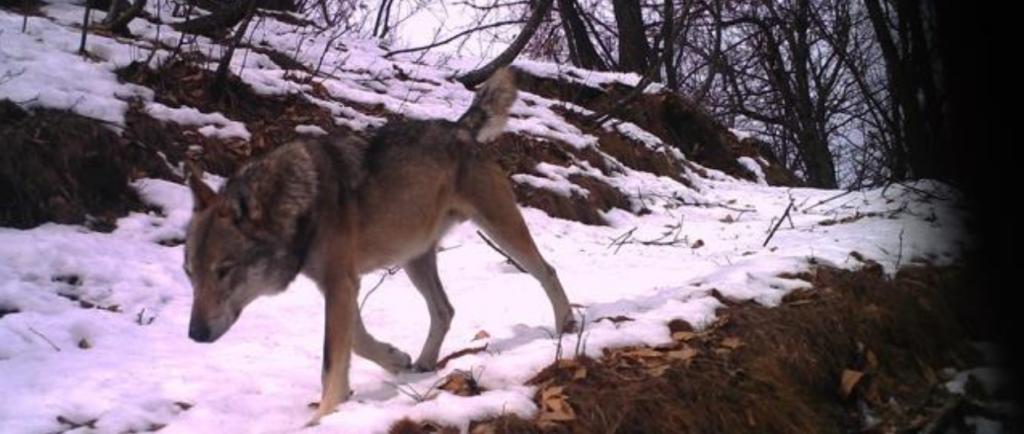
The forefather: the legendary Ligabue
The first wolf to arrive in Alta Langa seems to have been the legendary Ligabue. It was a young wolf that, after being ran over and rescued, has been equipped with a radio collar. All of its movements have been closely observed. Ligabue has covered 1,000 kilometres going up the Apennines from Parma heading towards the North. In 2004, he passed through the Upper Belbo Valley, coming from the park of Capanne di Marcarolo and the forests of Savona.
The wolf in Cuneo
The Alps have been repopulated starting from the province of Cuneo. The first pack settled in Mercantour National Park in 1993; in 1995, a second pack formed in Valle Pesio, and then a third one in Valle Stura. In the province of Cuneo, there were 12 packs and 6 pairs in 2014-2015, that have now become 19 packs and 1 pair. The pack generally counts 5 wolves and it exclusively stays in its territory. Since the mountain areas of the whole province are occupied, the first wolves begin to appear on the hills, looking for new territories.
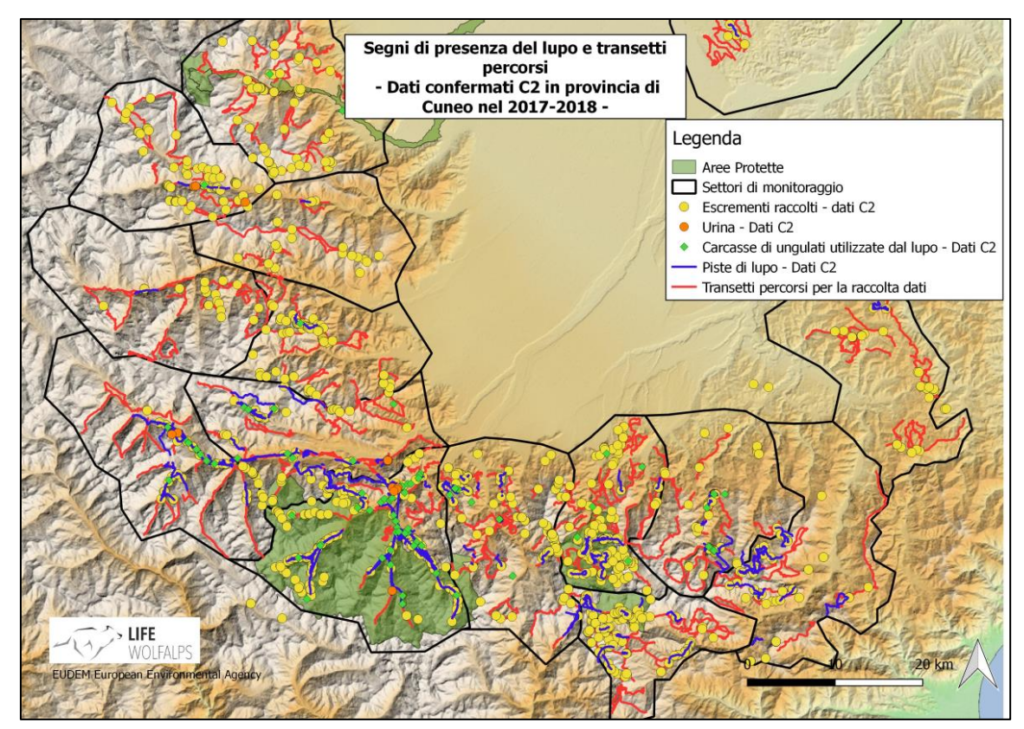
The Alta Langa, a newly colonized area
If wolves are spilling over into Alta Langa it is because the alpine valleys are all occupied by other packs. Finding traces of their movements is quite easy especially in the Upper Belbo Valley.
The pack in Belbo Valley has been monitored for years and photo traps have captures it several times. It had 3 members in 2014-2015 and 6 between 2015 and 2017; it has gone to 4 members in 2018. Two wolves from the pack were found dead in 2016 and the alpha female has recently died.
Three packs between Belbo and Tanaro
There are 3 packs in the Langhe area: the Belbo pack; the Ceva-Bassa Tanaro pack; and the Mombarcaro pack. Four members of the Belbo pack have been killed due to poisoning. In 2015, near the Belbo pack, in Ceva, the presence of a lone wolf was reported, which formed his own pack in the area of Ceva-Bassa Tanaro the following year. This pack’s territory spreads up to Bagnasco and Mindino, and the she-wolf gave birth to 6 pups, of which two were found dead. One has been poisoned in Millesimo; while the other has been run over after becoming a town favourite.
The she-wolf of Bagnasco has become man’s friend
The second victim of the Ceva-Bassa Tanaro pack has a story that must be told: injured on its right rear leg, it was no longer able to move with the pack and it became sedentary. It started roaming around houses in search of food, losing the fear of human beings and becoming approachable, showing no aggressive behaviour. However, after some time it was killed in an accident, being ran over while feeding on a roe deer carcass, on the side of the road.
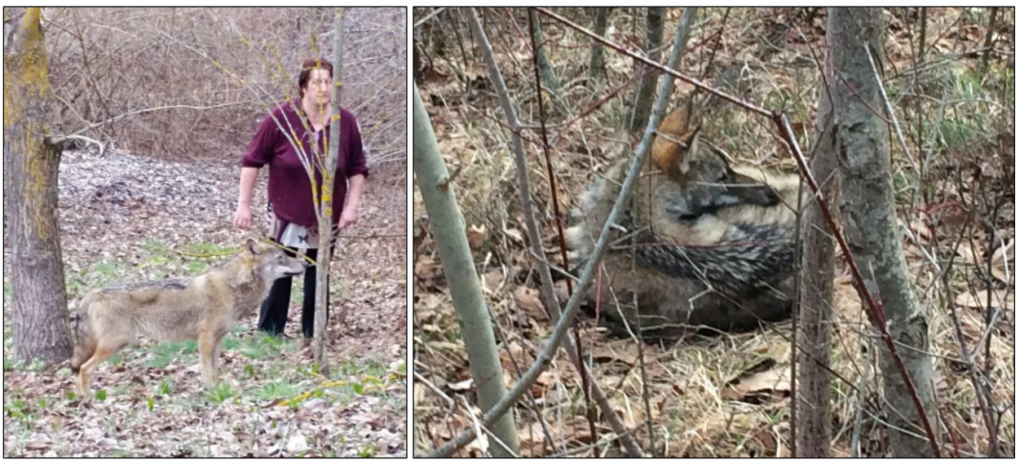
The pack of Mombarcaro
Traces of the Ceva-Bassa Tanaro pack were lost in 2017-2018: it may have become extinct or it may have moved its territory towards Liguria. Instead, a new pack has appeared in the area south of Belbo. This pack has been called “Mombarcaro”, naming it after the place where it had been first seen.
A not so simple coexistence
Living with a wolf is not easy, especially for the breeders who have lost their animals to this predator. However, it is a part of the local history, as documented by the image of the animal present on the coat of arms of the municipality of Loazzolo, and the name of the town of Montelupo Albese (literally “mount wolf”). Probably, the next animal to repopulate the hills and mountains of Italy with will be the guard dogs, which also disappeared during the decrease in the number of wolves.
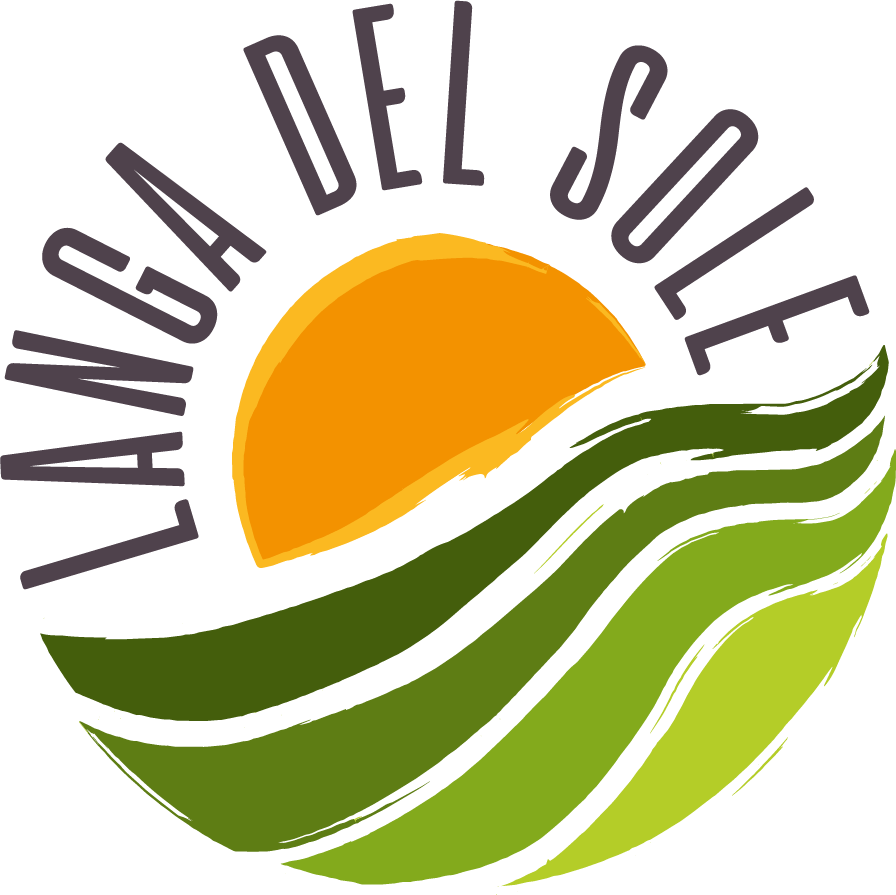
Post a cura della Redazione di Langa del Sole

